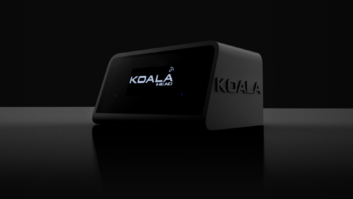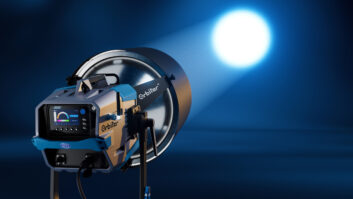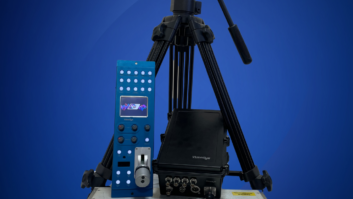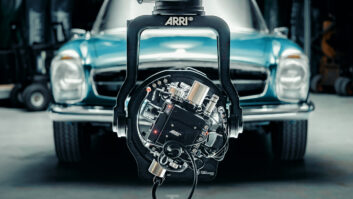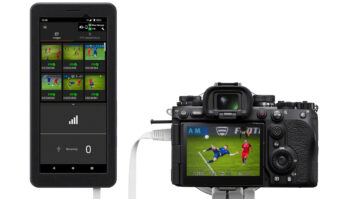
Arri is participating in a project to design and construct a holoscopic camera, which allows realtime capture of 3D scenes. An array of microlenses, devised by researchers at Brunel University, has been apparently successfully integrated with an Arri Alexa.
The microlens array has also been integrated with a Canon EOS 5D Mark II DSLR and is in test at broadcaster Rundfunk Berlin-Brandenburg (RBB).
The EU-funded 3D VIVANT consortium comprises research institutes, universities, companies and industries from seven European countries which, aside from Brunel and Arri, includes: Institut für Rundfunktechnik (IRT); RBB; Hungarian display developer Holografika and the research arm of Italian broadcaster RAI.
Central to the design of the system is the understanding of the advantages and drawbacks of using a holoscopic adaptor consisting of relay lens and microlens array as opposed to mounting the lens array directly onto the sensor. The key advantage of the former is the flexibility of mounting numerous types of lens arrays to investigate what is optimum for the chosen display. However, drawbacks include loss of light throughput and additional vignetting of microimages at high aperture.
Tests will evaluate how the high dynamic range capabilities and high signal to noise ratio of the Alexa can overcome these drawbacks.
Brunel has also developed a preview software for holoscopic viewpoint images and is currently working with Arri on fully integrated software for both Canon and Alexa systems.
In the search for improved coding efficiency, the High Efficiency Video Coding (HEVC) is being investigated.
According to Arri: “While we are excited to be involved in the pursuit of holoscopic viewing technology with 3D VIVANT, there is also a need to link this far-reaching project goal to today’s capabilities and the challenges of 3D film and programme-making. Arri must connect the 3D solutions it has in place now (such as the Alexa M camera and partnerships with3ality and Cameron-Pace Group) with emerging technologies and long-term R&D. As part of this strategy, we decided to join the 3D-IC (3D Innovation Centre in Berlin) as a founding member and be part of a group seeking to find pragmatic ways of integrating 3D innovations into realworld production infrastructures.”
The 3D-IC was initiated by the German Federal Ministry of Economics and Technology, and has been founded at the Fraunhofer Heinrich Hertz Institute.
Arri adds: “We foresee synergies in evaluating and disseminating 3D VIVANT technologies through the various resources of the 3D-IC; in fact, we are very much looking forward to bringing the exciting work being done by 3D VIVANT to the attention of industry partners, providers and users.”


